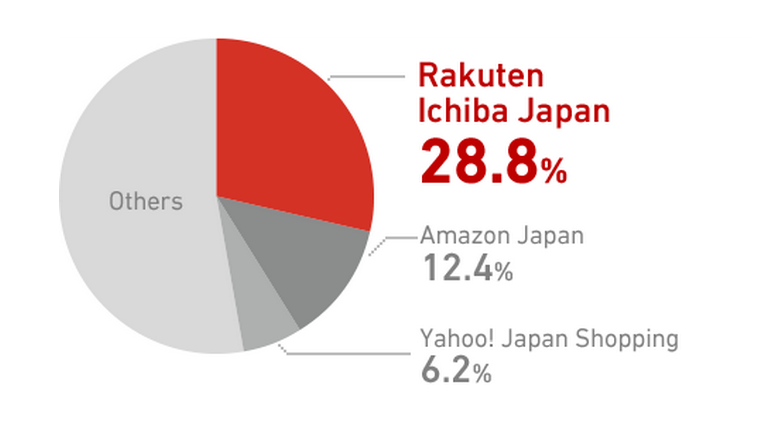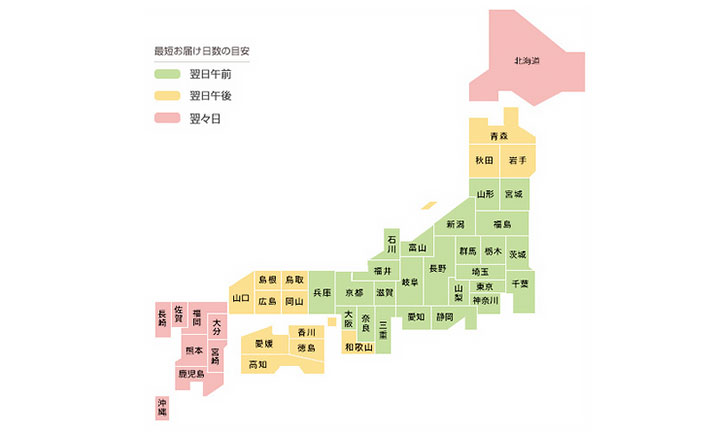
Btrax Design Company > Freshtrax > How to Sell Onl...
How to Sell Online in Japan
Japan’s e-commerce market is one of the largest and most mature in the world, comprising 10% of global online retail transactions. In 2013, Japanese B2C e-commerce sales totaled $119 billion, growing steadily at 10% annually and projected to reach $135 billion in 2015.
So how can your company capture a piece of that pie, particularly if you haven’t entered the Japanese market yet?
One of the first things to do is to be aware of the differences between selling in your home country and in Japan. Below are some of the key differences compared to the U.S. that make Japan a unique and lucrative market:

btrax’s CEO Brandon Katayama Hill and brand strategist Tim Wagner recently led a webinar covering tips for selling in Japan based on btrax’s 10 years experience in Asian e-commerce:
http://youtu.be/RRdBE-A6hRw?t=1s
This article aims to be a guide to supplement the webinar around the specific challenges and opportunities in the Japanese e-commerce landscape. To set up an online store, there are four main areas merchants need to consider: platforms, payment, shipping logistics and customer support.
1. Japanese E-Commerce Platforms
There are four types of platforms merchants can use to sell their products online in Japan:
E-Commerce Marketplaces

Familiar examples of shopping mall or e-commerce marketplaces in the U.S. are eBay, Etsy, and Amazon. In Japan, the largest platform by far is Rakuten, with 28.8% of the total e-commerce market share. By comparison, Amazon only has an 18% slice of the entire North American e-commerce market.

Amazon Japan and Yahoo! Japan Shopping follow behind. Together, these three platforms account for almost 50% of total e-commerce sales, which demonstrates the power and popularity of such marketplaces in Japan.
Apparel-Specific Marketplaces

In Japan, there are unique platforms specifically designed to sell apparel products and sometimes jewelry. These platforms contain features dedicated to selling such products, such as size charts, different photo angles and so on.
Zozotown is the #1 platform in Japan for apparel online stores. Other platform options include iQon, which targets young women, and Origami, a mobile-first social shopping app.
Hosted E-Commerce Services

Hosted e-commerce gives more control over branding and focusing users on your store rather than within a larger ecosystem. Some U.S. equivalents are platforms like Shopify or Volusion. Merchants can set up an online store quickly without paying any setup fees, but these platforms usually charge a percentage in commission fees per sale.
In Japan, examples of such platforms are BASE and STORES.jp. U.S. platforms don’t tend to have comprehensive language or currency support, so merchants should consider using Japan-centric platforms to sell.
Installable Solutions

An online store that uses installable software allows maximum control over branding and operations, however these type of sites also require much longer time to develop and resources to maintain. Merchants can download the store setup package and install it onto their server.
U.S. examples of this type of store include Adobe Commerce and osCommerce; Japanese examples are EC-CUBE (the top platform of this kind in the Japanese market), Commerce21 and Live Commerce.
2. Payment Methods
Although credit cards are the most common online payment method in Japan, the majority of online transactions use methods not available in the US or familiar to e-commerce developers, such as convenience store payment. This is when people buy online and then pay at a convenience store.
Convenience stores like Lawsons, 7-11 and Family Mart serve as major touching points of commerce since they are ubiquitous, often in high traffic areas such as train stations.
Since most payments are made without the use of a credit card, it is crucial that merchants include these payment options when setting up a store in Japan, otherwise you risk higher rates of shopping cart abandonment.

Merchants should consider their target demographic and whether or not these people are likely to own credit cards. If your target is younger (e.g. high school students), it is likely that they will not own a credit card, so you should make other payment methods available to them.
3. Shipping & Logistics
When setting up a store in a foreign country, one important thing to consider is whether you want to ship your goods internationally or ship domestically. Some of the pros and cons to each option are shown in the table below:
International Shipping

Domestic Shipping

For shipping domestically there are a number of local fulfillment companies to consider or you can opt for the pricier option of your own warehouse.
Merchants should be aware that Japanese customers are used to exceptionally fast delivery speed in Japan, because of the density of the country and efficient shipping firms. In the map below, Japanese customers in the green areas receive their orders within the same day. Everyone else can expect to receive their orders by the next day. The maximum wait time is usually 2 days.
Map of Expected Delivery Time in Japan

To address the delivery speed expectation in Japan, merchants need to be aware of the shortcomings of shipping internationally and communicate clearly to customers that the product is not shipping domestically and thus will take longer to arrive than expected.
In the case of positioning your brand or product as an overseas luxury or aspirational product, the slower delivery speed can serve as a marker of exclusivity.
4. Customer Support
Japan is widely renowned for the quality of their customer service. Japanese customers have high expectations, especially for email and phone support from online merchants, whom they aren’t buying from in person.
While email is low cost and allows you more time to respond (within 12 hours, when factoring in Japanese customer expectations), some e-commerce platforms such as Rakuten require merchants to have both email and phone support to operate a store.
Below are some of the pros and cons of each support option:
Email Support

Phone Support

Having additional phone support can lead to a higher conversion rate and allow you to better serve customers, but you will need customer support staff who speak Japanese and work in the same timezone as your customer.
Even if they don’t use the support phone number, research has found simply having and displaying a phone number increases sales.
Learn more
To learn more details about how to sell in Japan and how btrax can help you, contact us. To find out about our upcoming free webinars, sign up for our newsletter.
About btrax
btrax is a cross-cultural branding and marketing agency with clients ranging from startups to Fortune 100 companies. Founded in 2004, our fully bilingual and bicultural team has rapidly grown into North America’s top agency specializing in the Japanese, Chinese, and Korean markets. We believe brands achieve their greatest potential by forging meaningful and culturally authentic connections with the right communities.
Featured image by: Tim Reckmann
Check Out Our FREE E-Books!
Discover our FREE e-books packed with valuable research and firsthand insights from industry experts!
Dive into our collection below, and stay tuned – we’re constantly adding new titles to keep you ahead of the curve.
- Big in Japan: Global Brands Thriving in the Japanese Market, Vol. 1
- A Guide to the Promotional Seasons in Japan
- What I Wish I Knew Before Entering the Japanese Market
- 100+ Facts to Understand the Motivations Behind Japanese Behaviors
- Insights on Japan’s Changing Workstyle
- Insights into Japan’s E-Commerce and Direct to Consumer (D2C) Market







